Long-Lost WWII Plane With Soldiers’ Remains Discovered After Decades of Searching
A group of researchers from the University of Delaware and the Pentagon have made an exciting discovery in the Adriatic Sea – they’ve located five B-24 Liberator bombers that crashed in the ocean between Italy and Croatia. It is believed that these planes had sustained damage during the war and could not make it to a safe landing.
This find is particularly significant as it may help bring closure to the families of the nearly two dozen aircrew members who were listed as missing in action for almost 80 years.
The Mission Took Two Weeks
In August, a dedicated team of researchers from the University of Delaware and the U.S. Defense POW/MIA Accounting Agency (DPAA) embarked on a two-week mission to search for the missing bombers. The team was assisted by a group of Croatian archaeologists, scientists, divers, and military personnel who helped in the search effort.
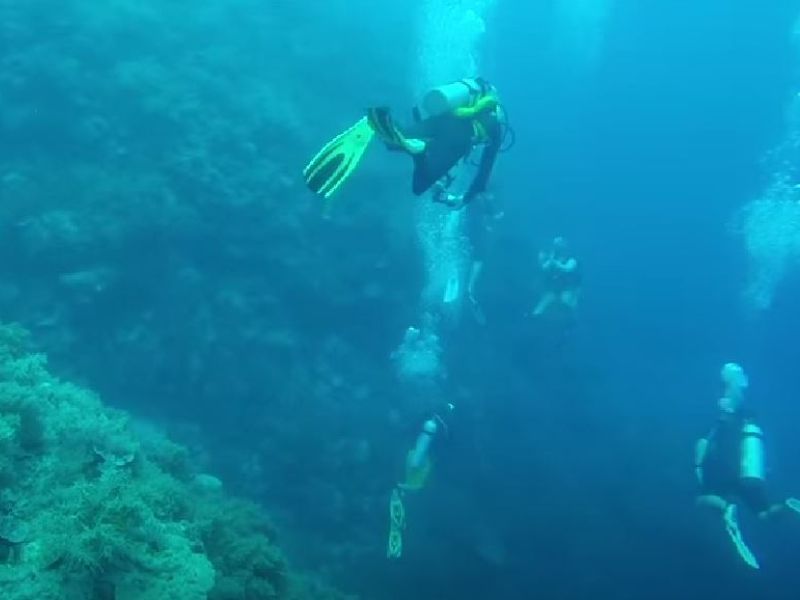
Source: CNET / Youtube
The DPAA, whose mission is to uncover the fate of those declared prisoners of war or missing in action worldwide, sponsored the expedition. The team’s hard work paid off when they successfully located the lost bombers.
State Of The Art Technology Used
To achieve such a feat, the team had to use advanced technology, and autonomous underwater vehicles (AUVs) played a crucial role in discovering five B-24 Liberator bombers in the Adriatic Sea. These torpedo-shaped robots combed the ocean floor using sonar technology to locate possible aircraft wrecks.
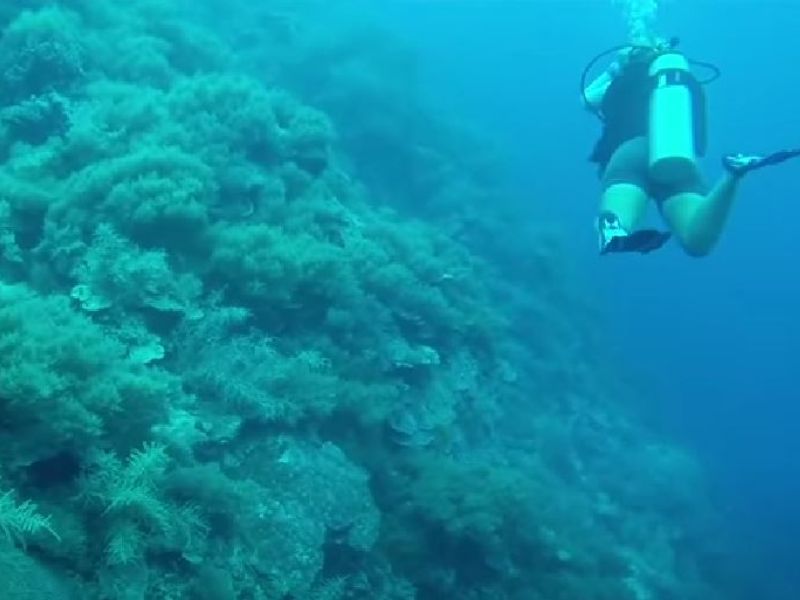
Source: CNET / Youtube
The AUVs generated a large amount of sonar data for analysis, covering a 24-square-mile area with side-scan sonar. The search team also used other equipment, such as magnetometers to detect buried metals and a high-resolution video camera, to assist in their search. When a promising lead was discovered, human divers were sent in to investigate and confirm the existence of the wreck.
Positive Identification
The expedition was widely considered a success when the research team was able to positively identify three out of the five B-24 Liberator bombers located in the Adriatic Sea. In addition, these three planes were linked to 23 aircrew members listed as missing in action when the aircraft went missing.
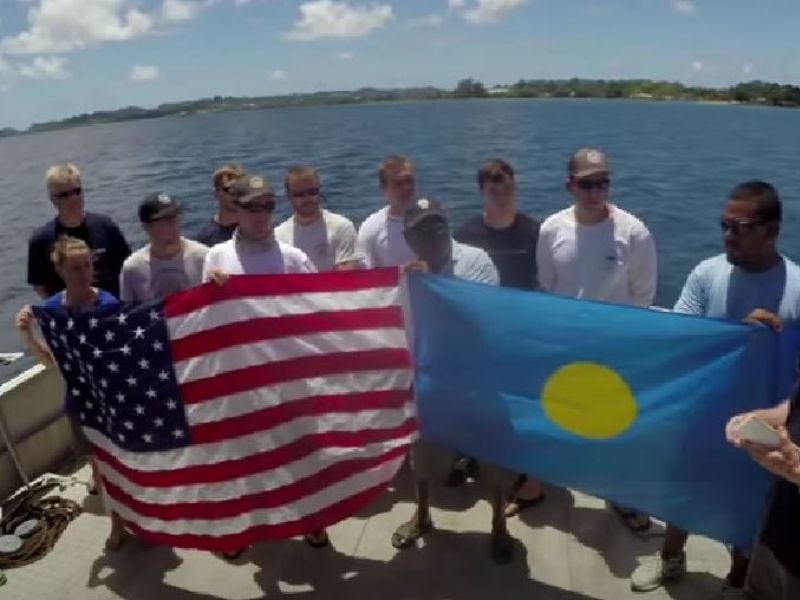
Source: CNET / Youtube
With the discovery of these wrecks, the fate of these crew members can finally be resolved; their status is likely to change from missing in action to killed in action. This finding brings closure to the families and the military personnel who have been searching for these airmen for nearly 80 years.
One Of The Best Airplane During WWII
Among the most feared aircraft in WWII was the Consolidated B-24 Liberator. The powerful aircraft was used during World War II by the U.S. Army Air Forces, which later became the U.S. Air Force. It was a four-engine bomber with a crew of up to ten members and a top speed of 297 miles per hour, and above all, it could carry a heavy load of up to 5,000 pounds of bombs on long-range missions.
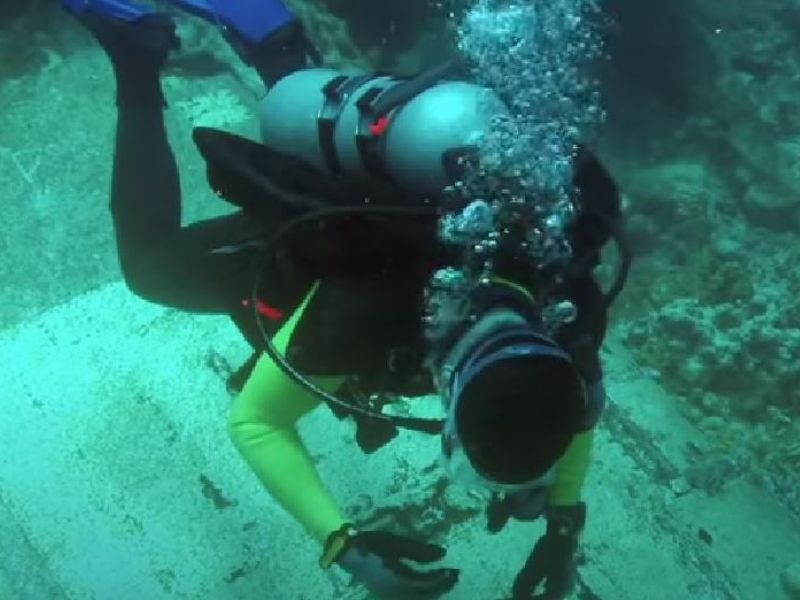
Source: CNET / Youtube
These bombers were most likely assigned to the 15th Air Force, which was based in Foggia, Italy, and carried out bombing missions across southern Europe. It was a crucial part of the USAAF’s bombing campaign during the war.
Another Related Groundbreaking Discovery
Talking about wreckages in the Adriatic Sea, a team of archaeologists completed a recovery mission in the Adriatic Sea, where they discovered the remains of a WWII bomber plane known as the Tulsamerican. As reported by Megan Gannon for Live Science, the team uncovered various artifacts that had been hidden since the plane’s crash in 1944.

Source: CNET / Youtube
Among the most significant finds are the potential human remains of three soldiers who were on board when the plane went down. The Tulsamerican has been resting at the bottom of the Adriatic Sea for many decades. Still, the team’s discoveries bring new insights and closure to the families of the fallen soldiers.
Found In 2010
After decades of searching, the search for the Tulsamerican came to a close in 2010, when it was finally located near the Croatian island of Vis. The plane had broken into two large pieces, with the nose of the aircraft looking” almost peeled open like a banana,” as archaeologist Brendan Foley who participated in the month-long recovery effort, described to Megan Gannon of Live Science.
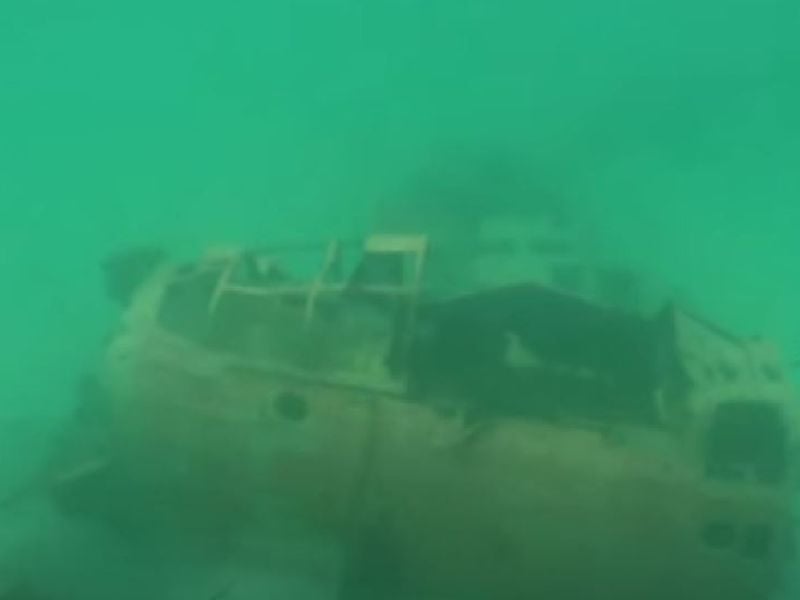
Source: CNET / Youtube
The wreckage provided a clear picture of the tragic fate that had befallen the aircraft, which had been commissioned to the war with great expectations as the battle was coming to an end.
The Last One Ever Made
What made the Tulsamerican unique was that it was the last B-24 Liberator bomber built by the Douglas Aircraft Company in Tulsa, Oklahoma. John Klein of Tulsa World reported that the plane had a special place in the hearts of the locals, as it became “sort of a local Tulsa celebrity.”
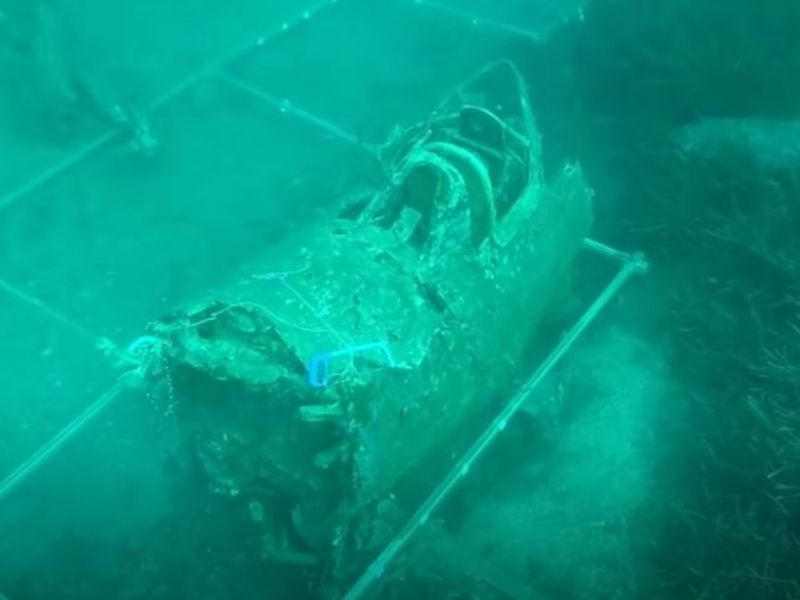
Source: CNET / Youtube
So significant was the B-24 Liberator that the workers who built it had even painted their names on the aircraft, and the city’s residents had followed the Tulsamerican throughout its journey, even though it was doomed.
It Crashed In 1944
December 1944 will always remain a memorable period for the families of the crew of the Tulsamerican who encountered German airforce over occupied Poland and sustained significant damage.
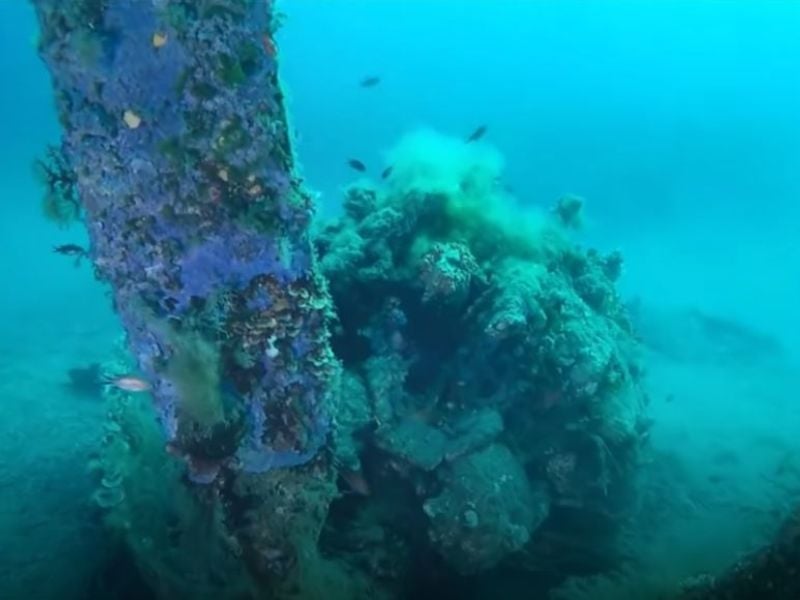
Source:CGTN / Youtube
The crew attempted to make an emergency landing, but unfortunately, the aircraft crashed off the coast of modern-day Croatia. Even with the tragic event, seven airmen were rescued by a combination of rescuers and local fishermen. Sadly, three members of the crew did not survive the crash.
Some Remains Were Found
Archaeologists working at the crash site of the Tulsamerican made some intriguing discoveries, including military equipment and clothing items, such as a life vest and a flight boot. Mate Parica, an archaeologist at Zadar University in Croatia, informed the Associated Press that the team also found “remains of human bones,” but further testing is needed to confirm their identity.
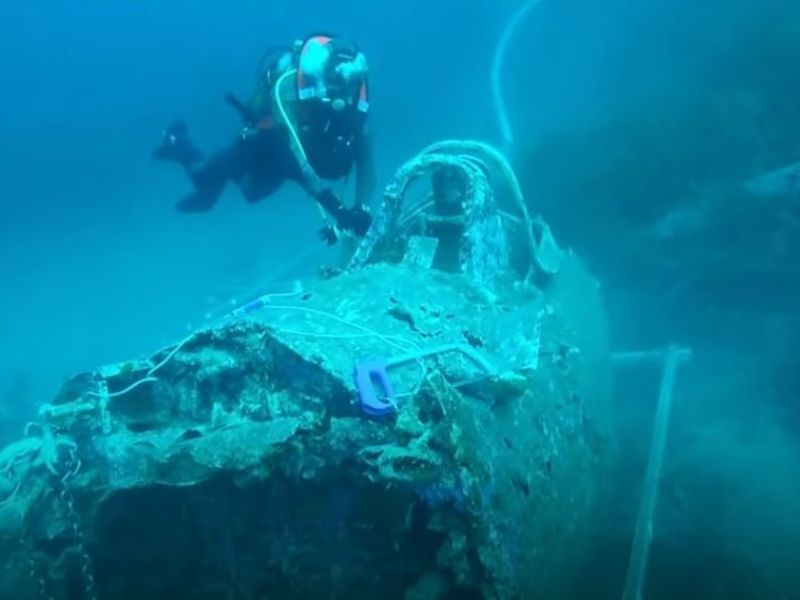
Source: CGTN / Youtube
The team’s findings not only shed light on the final days of the aircraft and its crew but also provides closure for the families of the brave soldiers who lost their lives in the crash.
The U.S. Government Was Involved
As with the discovery of the five B-24 Liberator bombers that crashed into the Adriatic Sea, where the U.S. Defense POW/MIA Accounting Agency (DPAA) sponsored the search, the agency was also involved in the Tulsamerican find.
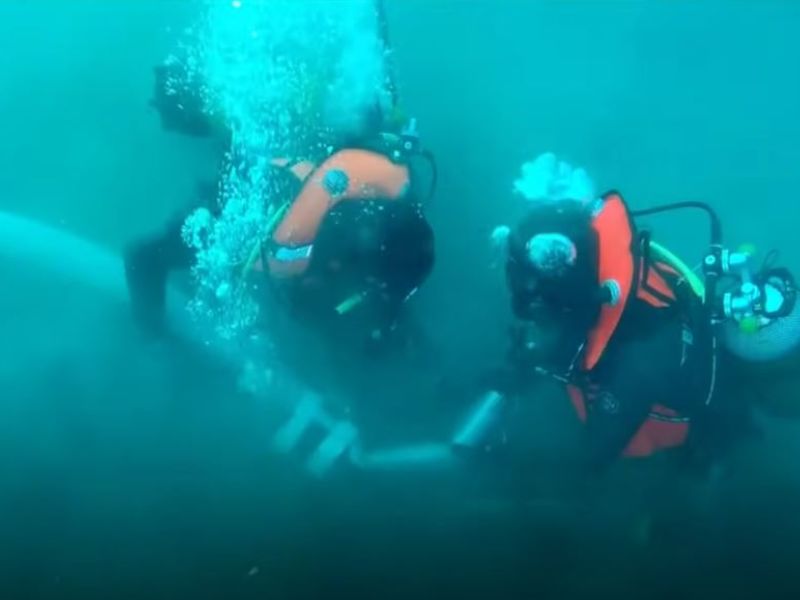
Source: CGTN / Youtube
The DPAA has done a great job of uncovering the remains of missing soldiers, and they still have much to do. According to Gannon, about “73,000 Americans who served in World War II remain unaccounted for, and about 26,000 of those are assessed as ‘possibly recoverable.'”
There's Some Hope
For all the stunning discoveries, the research team is optimistic that DNA analysis will connect the bones found at the crash site to the three airmen who were on board the Tulsamerican. If the DNA test proves a match, it will be an emotional moment for the families of the airmen as it will bring closure to the tragic event that happened 79 years ago.
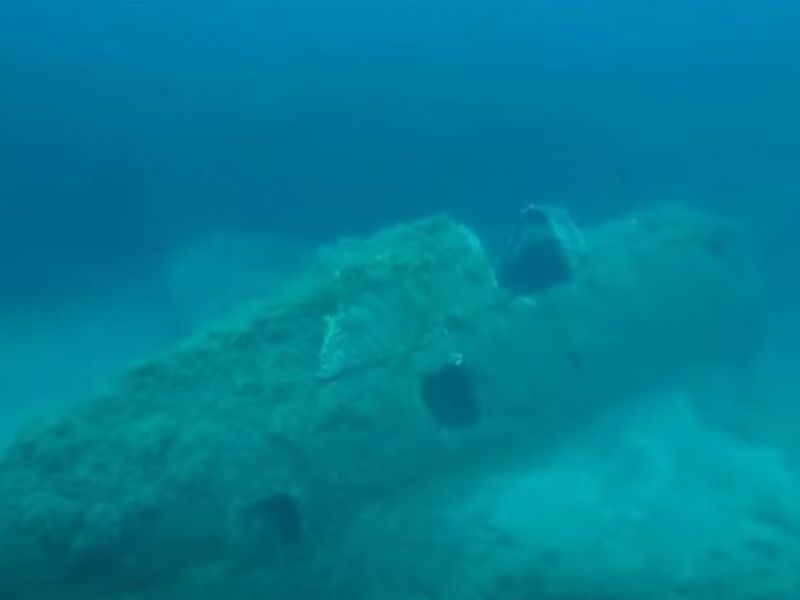
Source: CGTN / Youtube
The discovery of the Tulsamerican and the airmen’s remains will help keep the memory of their service alive, and the story of their tragic fate will be remembered.
Connected Discoveries
With hundreds of thousands of American soldiers from World War II that remain unaccounted for, the two discoveries of the B-24 Liberators that tragically crashed in the Adriatic Sea are a significant milestone.
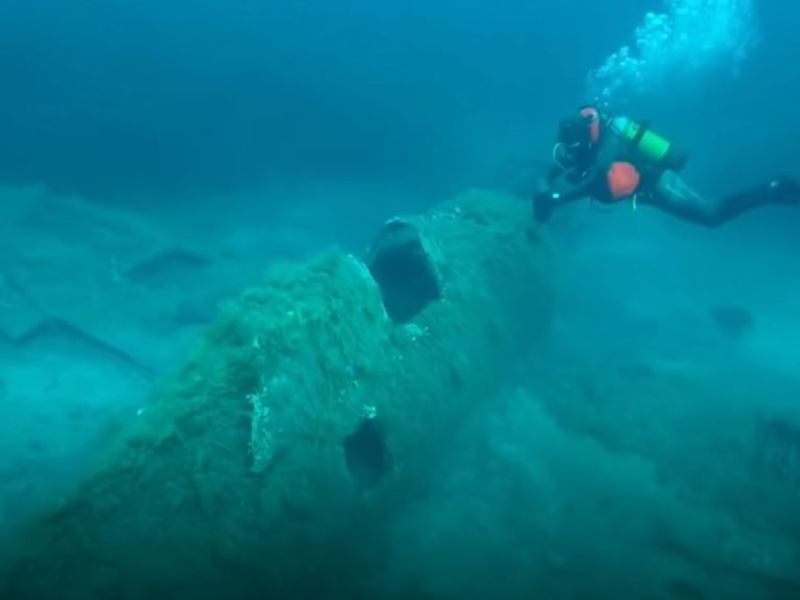
Source: CGTN / Youtube
The findings can help shed light on what happened when the aircraft went down, and the families of the crews will also get closure as they can lay their remains to rest. Even though it took decades to uncover the decaying fragments, the search was undoubtedly worth it.
